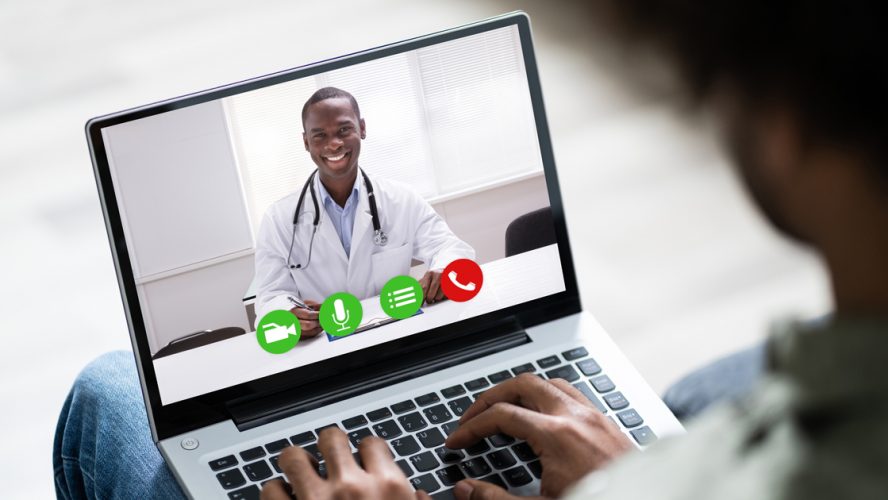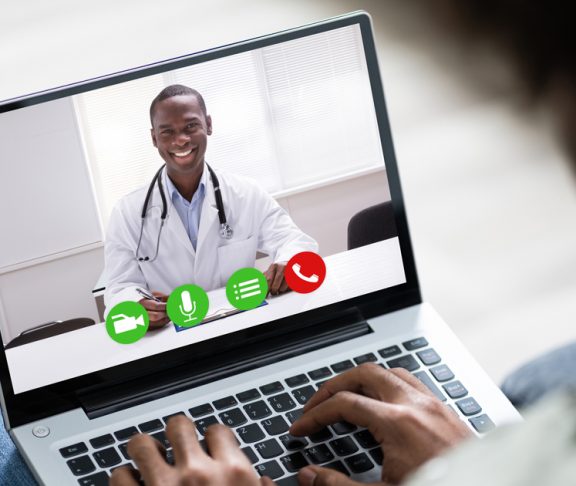
Andrew Davies
Digital Health Lead, ABHI (the Association of British HealthTech Industries)
The COVID-19 pandemic has accelerated the use of remote monitoring technologies and online tools to help support patients whilst helping free up healthcare capacity.
The move to better use of technology to liberate acute capacity was always embedded in the NHS Long Term Plan. This was built on in the Wachter Review which had, as one of its key principles, that digitalisation is a means to an end, to deliver better health, better healthcare, and lower cost.
Remote monitoring and remote consultations are enabling easier and more equitable access to services for patients and helping health systems effectively deploy their, often limited, clinical resources.
A change in culture
It is also supporting a shift in culture, empowering patients with information and choices. Prior to the COVID-19 pandemic we had seen a steady rise in A&E admissions, something that was putting severe strain on the system.
Digitalisation is a means to an end, to deliver better health, better healthcare, and lower cost.
One factor in this was the constrained capacity in primary care and patients by-passing the GP and going straight to the hospital.
Technology is addressing this in a multi-pronged approach, through NHS online, NHS 111 – which is now the “first line of defence for the Urgent and Emergency Care” – and via online GP consultations, either by phone or video call. It has enabled easier access and more productive use of the GP workforce, as well as being ‘COVID-Secure’.
Sophisticated monitoring to intervene early
The use of technology is in monitoring patients with long term conditions has also arisen. The creation of platforms that support remote video consultations, with multi-disciplinary teams if required, virtual tools, and all linked through to the patients record and data. Increasingly sophisticated, these platforms can integrate vital sign monitoring devices and highlight any decline in patients’ status, enabling clinicians to intervene early and remotely, before a need for admission.
A “virtual first” future
The increased use of virtual platforms is certainly one that will endure beyond COVID-19. By providing access to care outside of the hospital, and empowering patients to better self-care through access to their own results, the move will lead to fewer unnecessary A&E visits, an improved patient experience and a reduction in the overall cost to the health system.


